
Product information
André Perret Condrieu ‘Clos Chanson’ 2019
Viognier from Condrieu, Northern Rhône, Rhône Valley, France
$179
Description
‘Diaphanous yellow. Intense, mineral-accented scents of fresh pear, white peach and violet take on a citrus pith nuance with air. Silky and tightly focused on entry, then deeper on the mid-palate, offering sappy, mineral-driven orchard, pit fruit and Meyer lemon flavors that show noteworthy tension and floral lift. Closes with impressive, spicy persistence, repeating florality and vibrant mineral cut.’
Josh Raynolds, Vinous
Only 1 left in stock


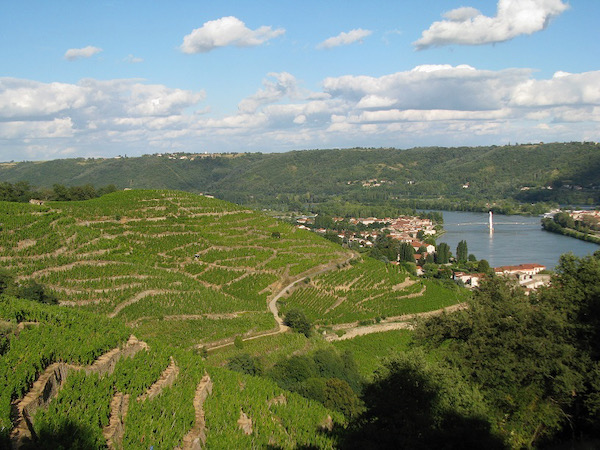


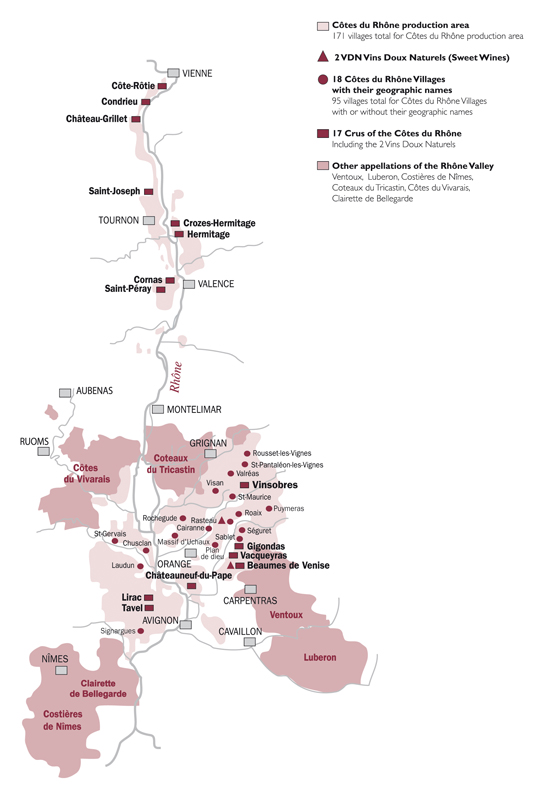
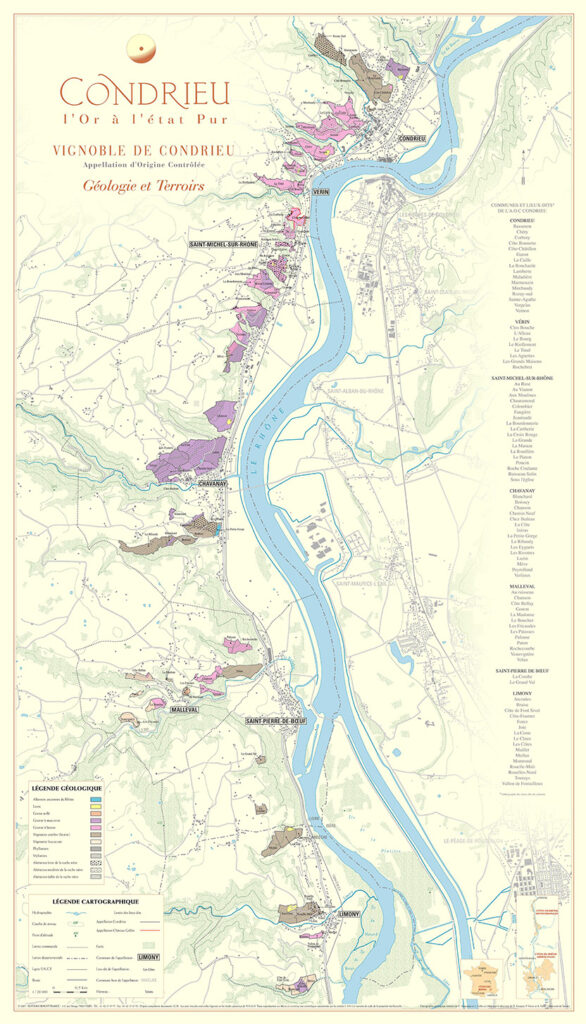


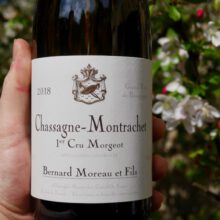
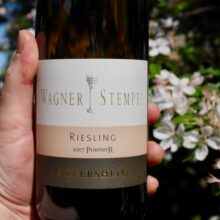
You must be logged in to post a comment.